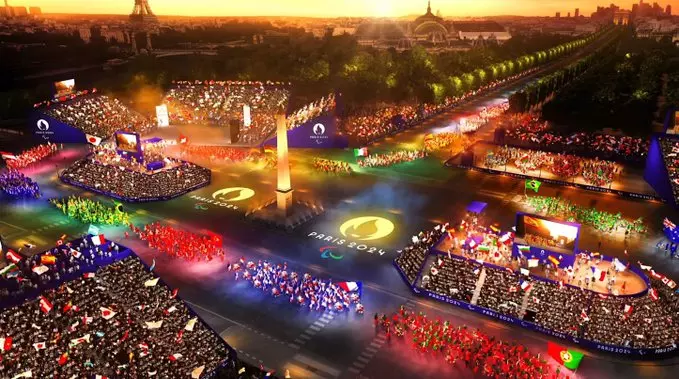The Paralympic Games, an international sporting event for athletes with disabilities, have a rich history rooted in the post-World War II era. The inception of the Paralympics can be traced back to 1948, when Sir Ludwig Guttmann, a neurologist at the Stoke Mandeville Hospital in England, began organizing sports competitions for spinal cord injury patients. His intention was to promote physical rehabilitation and provide a sense of achievement for those recovering from their injuries.
Guttmann's efforts led to the first Stoke Mandeville Games in 1948, coinciding with the London Olympics. Initially, these events were limited to wheelchair athletes, but they quickly expanded to include more participants and sports. The games were a significant milestone, laying the groundwork for the future of the Paralympics.
In 1960, the first official Paralympic Games were held in Rome, Italy, immediately following the Olympics. This marked a pivotal moment, as the event gained recognition and prominence on the global stage. The Rome Games featured 400 athletes from 23 countries, competing in eight sports.
This was a significant increase from the 1952 Stoke Mandeville Games, which had only 130 competitors. The growth of the Paralympics continued with each subsequent iteration. The 1964 Tokyo Games were particularly noteworthy as they were the first to include athletes with disabilities other than spinal cord injuries.
This inclusive approach marked a turning point, broadening the scope of the.

















